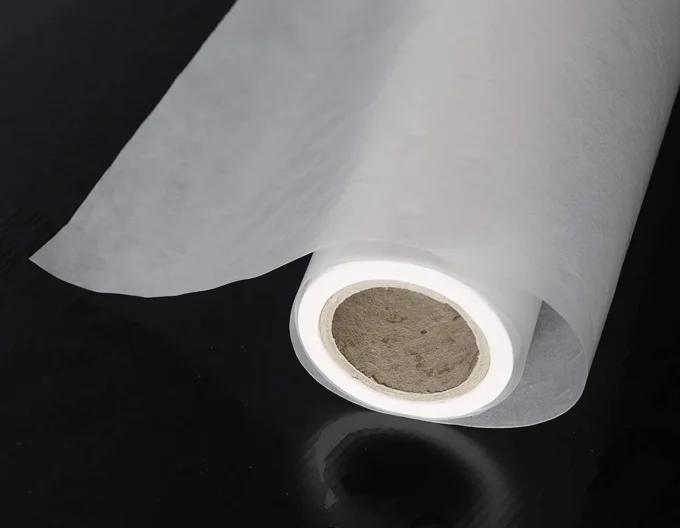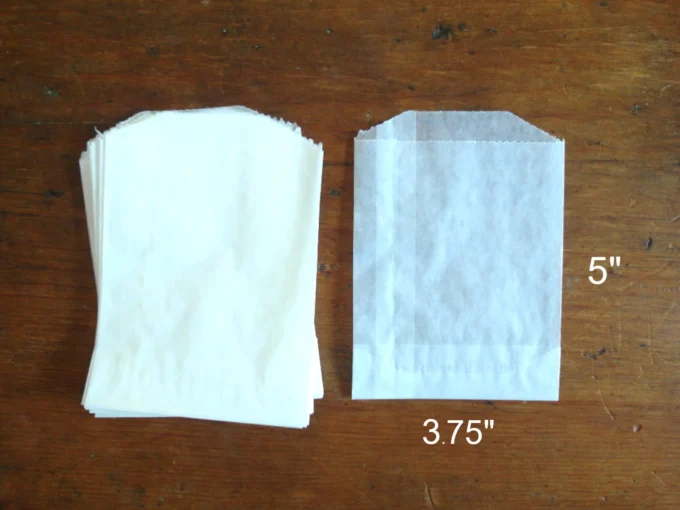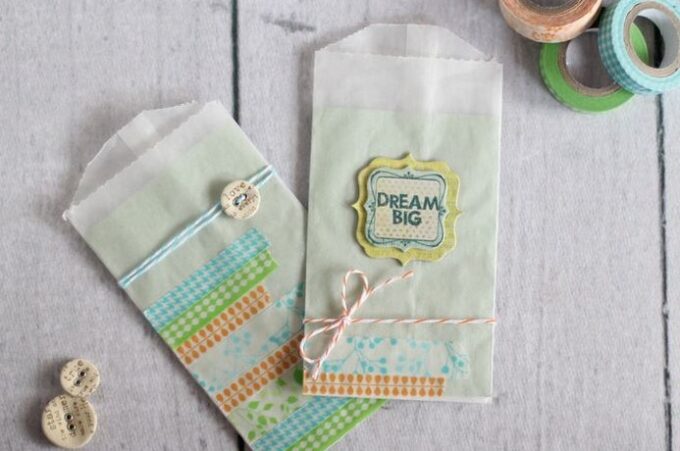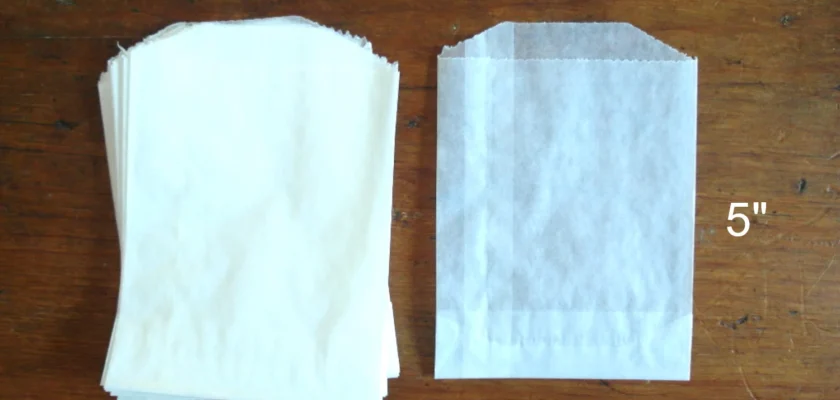Glassine bags have a reputation for being strong and durable, but how strong are they really? In this blog post, we will explore the strength of glassine bags and some of the things you should know about them. From the material they are made from to their construction, they are designed to be strong and withstand a lot of wear and tear. However, there are still some things you should know about their strength and durability. Read on to learn more about it.
What is Glassine?

Source:pinterest.com
Glassine is a smooth, lustrous, translucent paper that is made from sulphite pulps. It is usually calendered and has a higher mechanical strength than regular tissue papers. Glassine bags are therefore strong and durable, making them ideal for packaging different types of products.
They are made from a type of paper that is smooth, lustrous, and translucent. This paper is made from sulphite pulps and is usually calendered (a process where the paper is passed through rollers to create a smooth finish). The resulting paper has a higher mechanical strength than regular tissue papers, meaning that they are strong and durable. This makes them ideal for packaging different types of products.
What are Glassine Bags Made of?
They are made of a clear, glossy paper that is especially treated to be moisture resistant. This type of paper is also known as transparent or vellum paper. They can be used for a variety of purposes, such as packaging candy, nuts, and other small snacks.
The main component of glassine bags is cellulose. Cellulose is a natural polymer that is derived from plant fiber. In order to create the moisture-resistant properties of glassine paper, a process called supercalendering is used. Supercalendering involves pressing the cellulose fibers together using heat and rollers. This process creates a much smoother surface on the paper, which helps to repel water and other liquids.
While they are not completely waterproof, they are very resistant to moisture and can protect the contents of the bag from condensation and other environmental factors.
How Strong are Glassine Bags?

Source:etsy.com
They are made of a material called polypropylene, which is a strong and durable plastic. They are typically used for packaging food, cosmetics, or other items that need to be protected from the elements.
While they are generally quite strong, there are a few things to keep in mind that can impact their strength. First, the thickness of the bag can vary, so thinner bags may not be as strong as thicker ones. Second, the way the bag is sealed can also affect its strength – for example, if the seal is not tight, the bag may not be as strong.
Overall, they are quite strong and durable, and should be able to protect your items from damage. However, it is always best to double-check the thickness and seal of the bag before using it to ensure that your items will be safe. Glassine bags for wax melts come in a variety of sizes and thicknesses, so you can choose the right one for your needs.
Do Glassine Bags Protect Against Moisture?
Glassine bags are made of a wax-coated paper that is resistant to moisture. This makes them ideal for storing items that are sensitive to moisture, such as photos or stamps. However, it is important to note that glassine bags are not completely waterproof. They will protect against light moisture, but if they are exposed to heavy humidity or water, the contents of the bag may be damaged.
Are Glassine Bags Recyclable?
Glassine bags are made from a type of material called cellulose, which is derived from plants. Cellulose is also the main component of paper. Because they are made from cellulose, they are recyclable.
To recycle glassine bags, simply place them in your recycling bin with other paper items. They can be recycled along with newspapers, magazines, and office paper. They can also be composted. To compost glassine bags, simply add them to your compost pile with other organic materials such as food scraps and yard waste.
How Can I Store Food in Glassine Bags?
There are a few things to keep in mind when storing food in glassine bags. First, make sure the bags are clean and dry before adding any food. Glassine is not airtight, so it’s important to keep the bag sealed tightly to prevent any moisture or oxygen from getting in.
If you’re storing dry goods like nuts or flour, you can simply place them in the bag and seal it shut. For wetter foods like fruit or meat, you’ll want to wrap them in a paper towel or similar material before placing them in the bag. This will help absorb any moisture and keep your food fresh.
They can be stored in the fridge or freezer, but they are not microwave-safe. So if you’re reheating any stored food, be sure to do so using another method such as stovetop cooking or oven baking.
Glassine Bag Recipes

Source:pinterest.com
They are perfect for a variety of recipes, both sweet and savory. Here are some ideas to get you started:
– For sweet treats, fill a glassine bag with your favorite cookie or brownie recipe. Cut a small hole in the corner of the bag and pipe the batter into desired shapes. Bake as usual and enjoy!
– For savory bites, fill a glassine bag with your favorite quiche or frittata recipe.
– For an easy appetizer, fill a glassine bag with your favorite dips or spreads. Cut a small hole in the corner of the bag and pipe the dip on crackers or vegetables. Serve immediately or store in the fridge for later.
Conclusion
Overall, glassine bags are quite strong and can withstand a fair amount of wear and tear. However, it’s important to remember that they’re not indestructible, so handle them with care. With proper care and handling, glassine bags can last for a long time and provide you with an easy way to store and transport your items.

